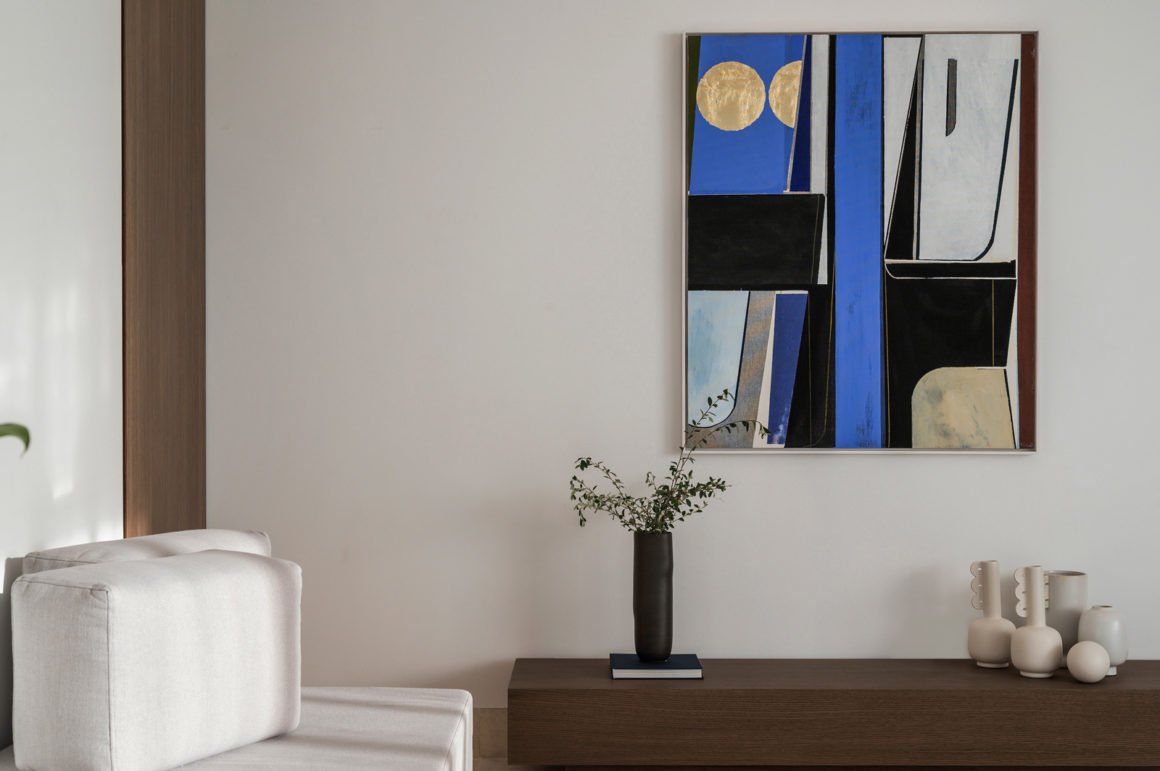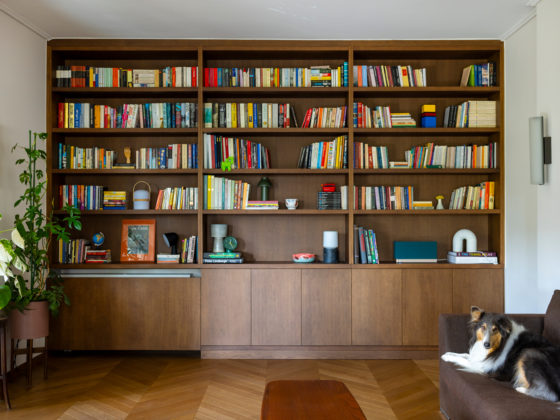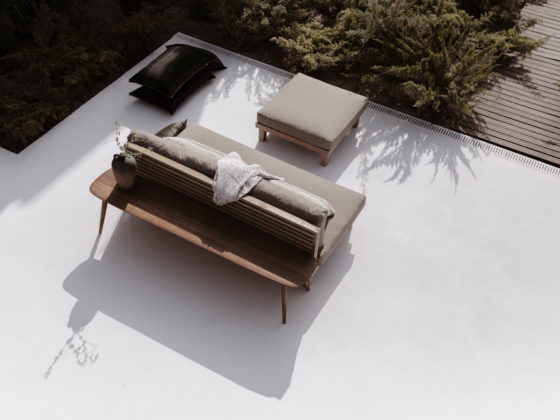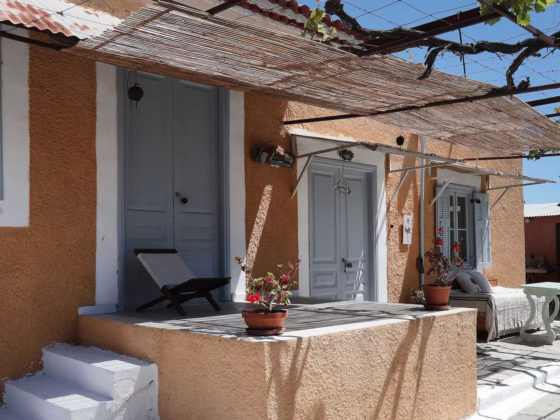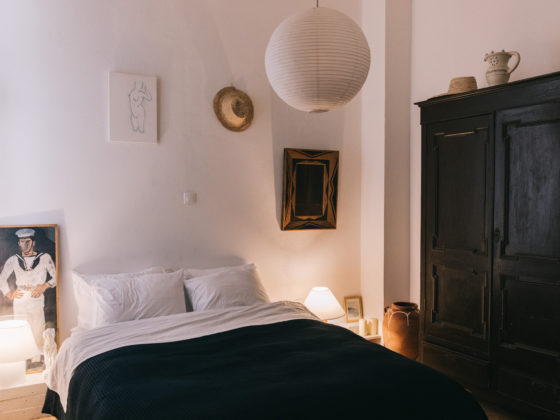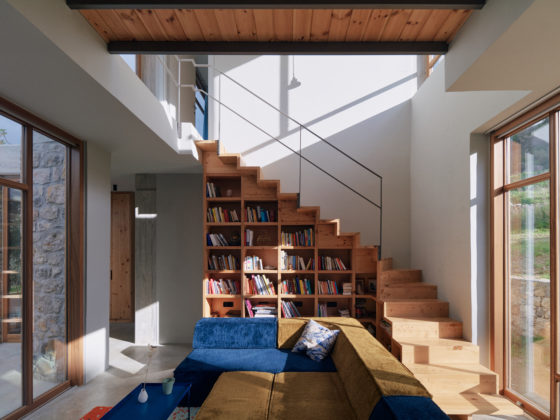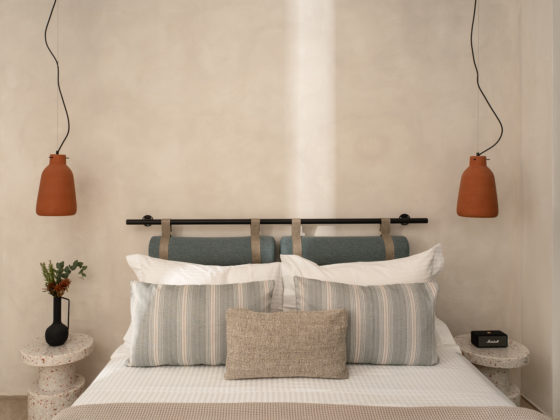Between the Old City of Chania with the Ancient Venetian Walls of San Salvatore, and the AVEA Park, the oldest olive processing unit in Greece, basks the Sansal Boutique Hotel. The six storeys volume, has a total of 23 rooms, 4 of which are luxury suites.
Positioned across the sea, a timeless source of inspiration, the Sansal Boutique Hotel creates an overall calming and architectural feel through its clean lines and geometrical intricacy. The elevation, clearly influenced by modernist aesthetics, bares wide openings, that allows views to the Old and the New city of Chania and the seashore and creates a smooth transition from inside, out. The design investigates the interplay between controlled transparency and solidness, creating a balance between simplicity and character, softness and minimalism.
The clarity of the buildings’ architectural volume in combination with thoughtful material compositions and functional elements, create a balanced, calming and timeless retreat with a subtle but distinct luxury.
The same structural clarity of the exterior prevails inside the building. The interior was designed true to the overall architectural identity, aiming to read the spaces in coherent, holistic manner, repeating the same architectural language in every spatial unit.
The principle of the eliminating boundaries is also apparent in the hotel rooms. In order to achieve a visually open plan without interfering walls whilst retaining their functional character, the bathrooms are enclosed by glass, ensuring views to the sea from all parts of the room. The mirrors in the bathrooms are placed across the windows, giving the feeling of permeability to the room. The visual closure of the bathroom is achieved with an internal curtain, which allows the visitor to isolate himself from the rest of the room. The large openable window frames, along with the material continuity from the floor inside the room to the balconies, unify the space and direct the visitor to the sea.
The spatial experience of the SanSal Boutique Hotel is completed in the roof garden, where the linear pool extends in the north side of the building and is visually integrated with the sea, intensifying and enlarging the view towards the blue horizon. Respectively, the plants in the perimeter of the roof garden are similar to the planting on the top of the plateau created by the Venetian Walls. In this way, the boundaries of the roof are conceivably shifted, highlighting their inseparable relationship with its natural and manmade surroundings.
